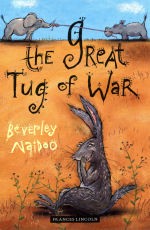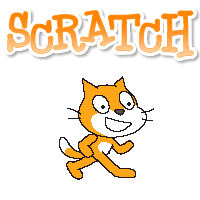*This is an old post that I created in my old blog last year*
While at uni this year I have joined a book club within the School of Education. This is a club where we discuss possible books that we would use in our classes. The first meeting we talked about “Diary of a Wimpy Kid’. We thought it was relevant and engaging to children today but it would be used as more of a lesson about bullying than a personal read for children.
Coming up to Christmas we discussed the differing representations of Santa. As a club we watched the film ‘Father Christmas’ and looked at the book alongside this. Unfortunately, due to the language, we did not feel this book would be appropriate in the classroom. However our discussion soon moved onto modern day representations and why we thought these were so appealing to children. One popular discussion point for us was ‘Arthur Christmas’ as it was a modern take on the theme and that this would appeal to children and their various ideas about Santa. The most fascinating point to me was how meeting Santa in a ‘Grotto’ has changed to being able to Skype him!
We recently met, just after our Christmas holiday, to swap books that we felt we would use in a classroom. I chose “First Term at Mallory Towers” by Enid Blytton as I personally enjoyed it as a child, and as an adult I feel that it has a lot of important lessons for children.
In this book swap I was able to read “The Great Tug of War” by Beverly Naidoo. This was a great book even if, in my opinion, some of the morals towards the end were a little questionable for a classroom. I feel that this book would appeal to children due to the characters and pictures featured in the book. In particular, Mmutla the hare as the children could relate to his cheeky personality.
I felt this book was great because of all the cross-curricular activities you could do with it. The obvious one is literacy, where the children could create their own story using the characters from the book and create their own moral, this would also link into RME. I feel that you could extend this lesson to drama or PE as you could do a creative piece to music reenacting their stories to the rest of the class. This could then incorporate peer assessment as the children could feedback on the different aspects of the piece. You would also be able to include social studies through this book as the author is South African and uses traditional words to name her characters, therefore you would be able to teach about a different culture and the significance of the language chosen.
Overall a great read for teachers and pupils!




